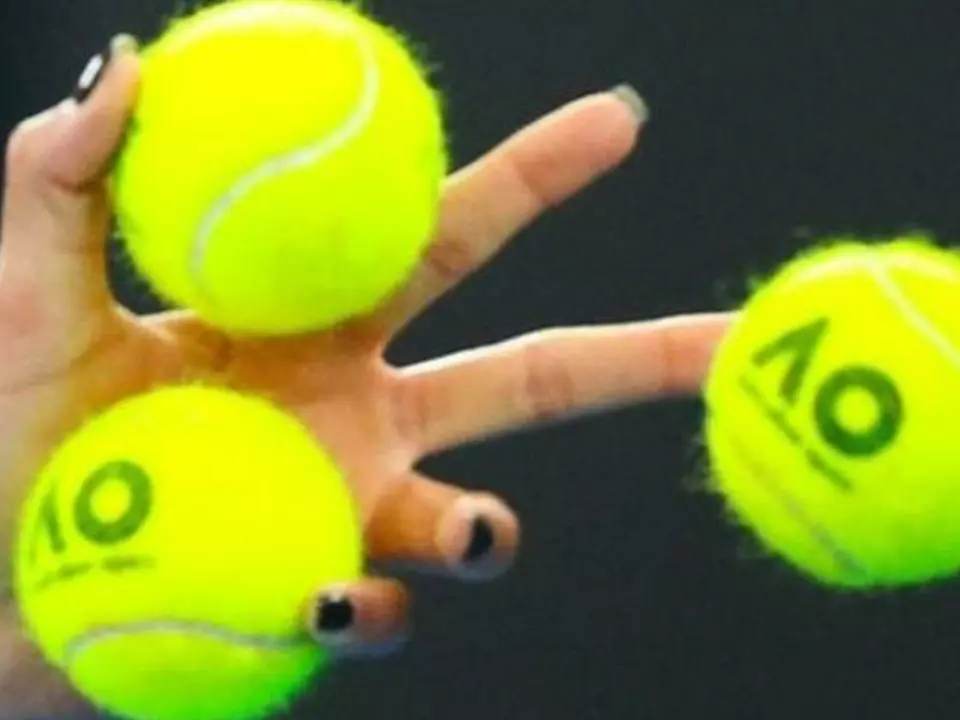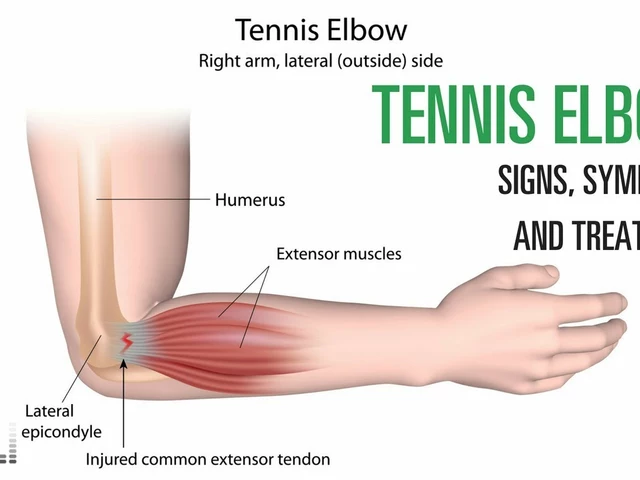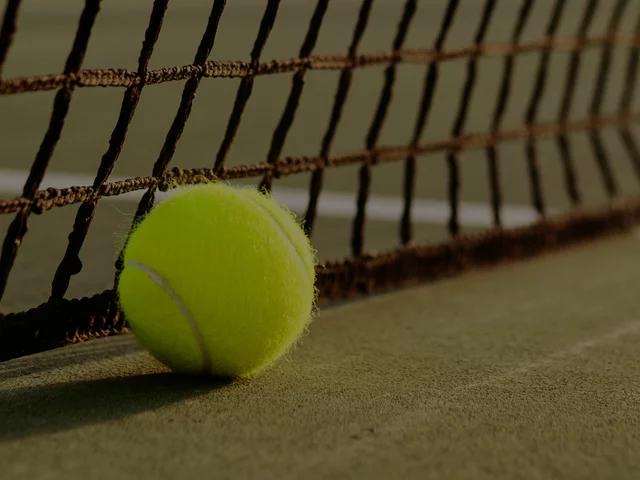
The Origin of Tennis Balls
In this section, we will dive into the history of tennis balls and how they have evolved over the years. Tennis balls have come a long way since their inception, originating from wooden balls in the 14th century to the yellow, bouncy spheres we know today. The transformation of tennis balls has not only improved the game but also made it more accessible for players of all skill levels.
Color Shift: From White to Yellow
The color change from white to yellow tennis balls is a significant milestone in the evolution of the game. Before the 1970s, tennis balls were predominantly white, which made them difficult to see on television screens. With the advent of color television, the need for a more visible ball became apparent, leading to the development of the now-iconic yellow tennis ball.
The Role of Television
Television played a crucial role in the decision to switch from white to yellow tennis balls. As tennis became a popular televised sport, broadcasters realized that the white balls were difficult for viewers to track on the screen. This issue led to a collaboration between tennis organizations and broadcasters to find a solution that would make the game more visually appealing and easier to follow for audiences around the world.
Research and Development: Finding the Perfect Hue
Finding the perfect hue for the new tennis ball was a top priority for researchers and developers. They conducted extensive studies and tests to determine the most visible color for tennis balls on different court surfaces and under various lighting conditions. After conducting these tests, they concluded that yellow was the optimal choice due to its high visibility on both color and black-and-white television screens.
Official Adoption and Approval
The yellow tennis ball was officially adopted by the International Tennis Federation (ITF) in 1972. This decision followed a series of tests and evaluations conducted by the ITF, as well as consultation with broadcasters and tennis professionals. The change was well-received, and the yellow tennis ball quickly became the standard for competitive play, replacing the previously used white balls.
Benefits for Players and Spectators
The change to yellow tennis balls brought several benefits for both players and spectators. Players found the yellow balls easier to track during play, particularly in low-light conditions or on fast surfaces like grass courts. Spectators also benefited from the increased visibility, as the yellow balls were easier to follow on television screens and from the stands during live matches.
Modern Tennis Balls: More Than Just Color
The evolution of tennis balls is not limited to their color alone. Modern tennis balls are designed with various materials and technologies to improve their performance, durability, and consistency. From the use of pressurized air for optimal bounce to the incorporation of rubber compounds for enhanced spin, today's tennis balls are meticulously engineered to meet the demands of the modern game.
The Legacy of the Yellow Tennis Ball
The yellow tennis ball has become a symbol of the sport, recognized and used by players and fans worldwide. Its impact extends beyond the color change, as it has also contributed to the growth and popularity of tennis as a televised sport. The yellow tennis ball is a testament to the power of innovation and collaboration, as it has not only improved the game but also made it more accessible and enjoyable for all who love this exciting sport.




